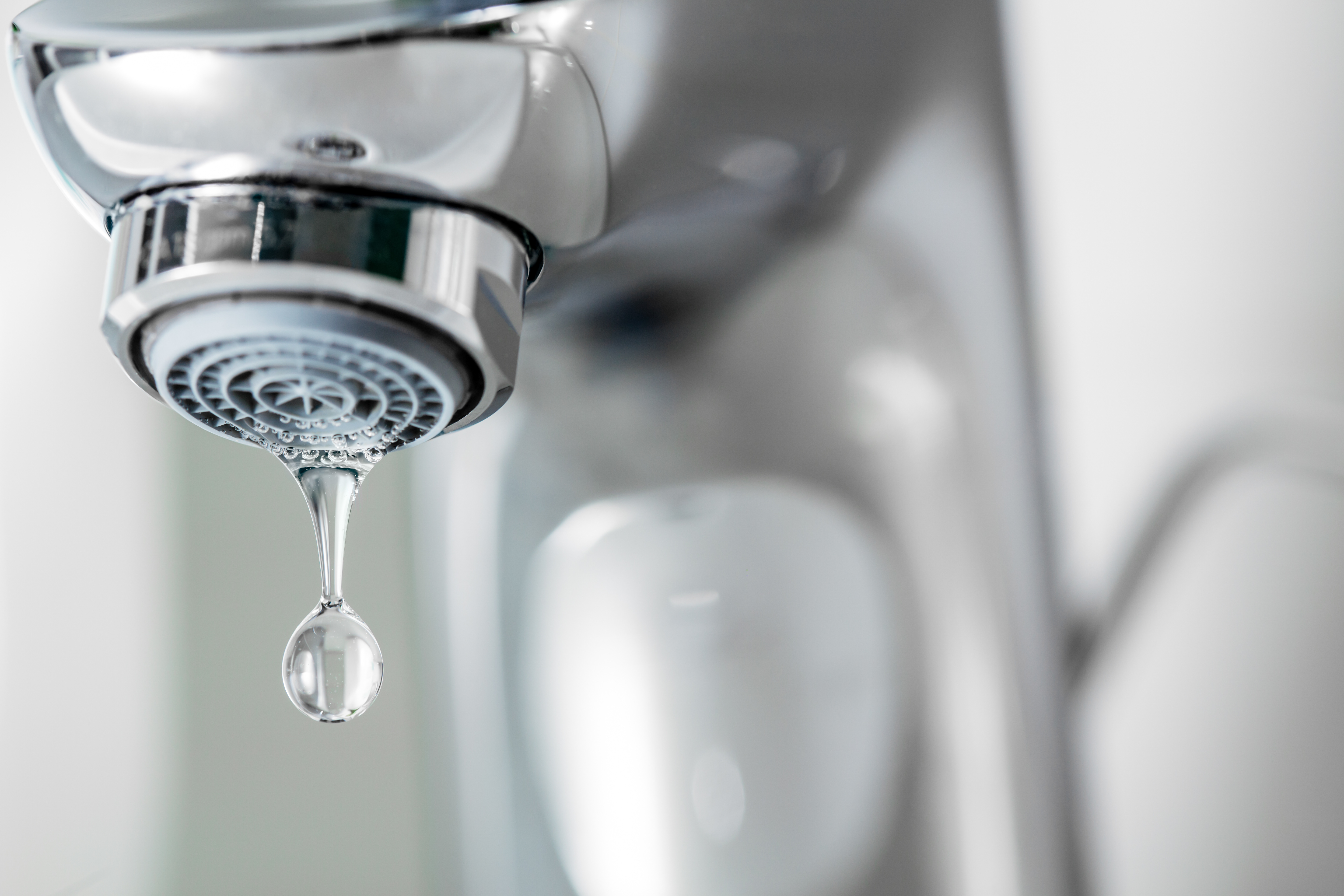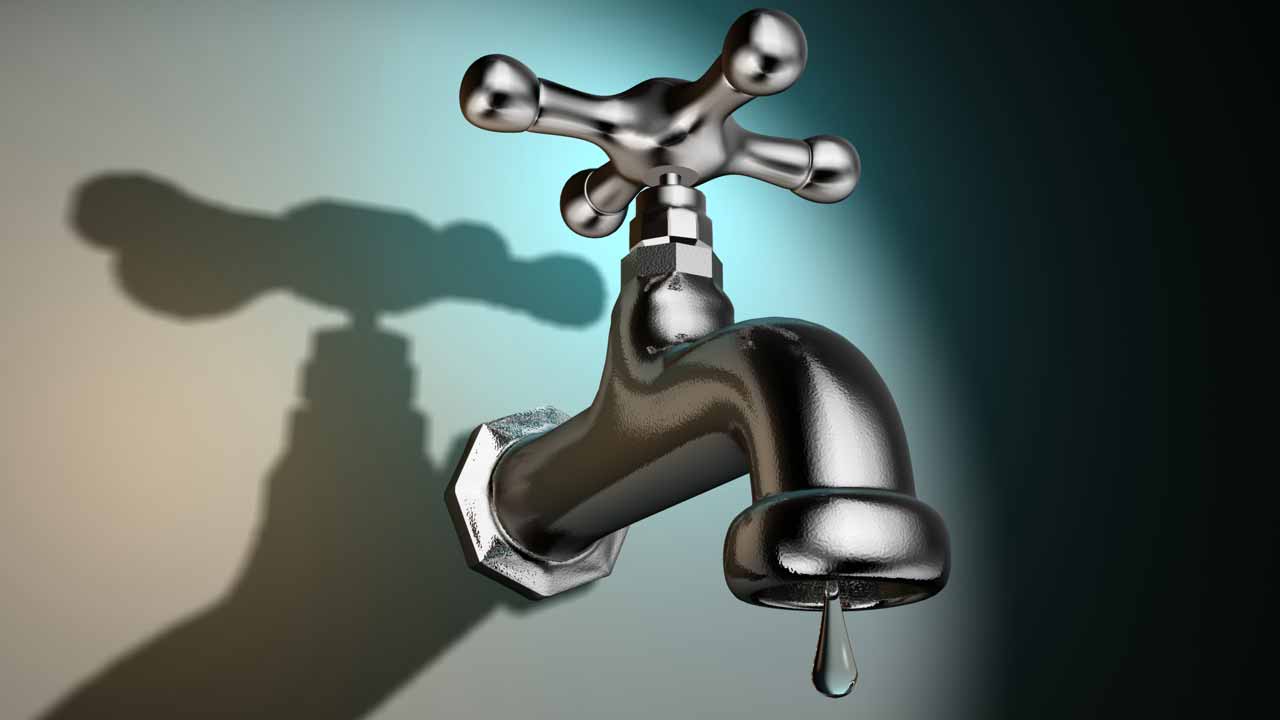Have you been interested in insight around Potential Health Risks Associated With Leaky Faucets?

Intro
A leaking faucet might feel like a minor inconvenience, yet its consequences prolong far past the occasional drip. Recognizing the effects of a leaking faucet is important for both property owners and the setting. In this short article, we'll discover the various effects of this usual household problem and why resolving it promptly is vital.
Sources Of Leaky Faucets
Leaky faucets can result from a range of variables, consisting of wear and tear, high water pressure, and corrosion. In time, the continuous use of faucets can result in worn-out seals and gaskets, causing leaks to develop. Additionally, excessive water stress can place pressure on plumbing components, causing leaks. Deterioration and corrosion can likewise compromise faucet parts, making them vulnerable to leakage.
Water Wastage
Among one of the most significant effects of a dripping faucet is water wastefulness. Even a little drip can amount to gallons of drainage over time. This not only drives up water costs but also contributes to water shortage and environmental deterioration. Attending to leaking taps immediately is critical for preserving this priceless source and decreasing its influence on the world.
Financial Effect
In addition to wasting water, leaky taps can additionally have a considerable economic influence. Boosted water expenses are a direct effect of water wastefulness, costing homeowners thousands of bucks yearly. Moreover, the price of repairing water damages triggered by leaks can be considerable, especially if left neglected for a prolonged duration.
Environmental Influence
The ecological impact of leaking faucets prolongs past water wastage. By preserving water, homeowners can add to broader efforts to alleviate water scarcity and safeguard all-natural communities. Lasting choices such as rainwater harvesting and water-efficient fixtures can additionally lower the environmental footprint of home water use.
Technical Solutions
Advancements in technology have resulted in the advancement of wise taps and water-saving tools that aid decrease water wastefulness. Smart taps make use of sensing units to find activity and readjust water circulation appropriately, minimizing waste without compromising ease. Water-saving gadgets such as aerators and low-flow showerheads are likewise effective in saving water without compromising performance.
Worldwide Point of views
While leaky taps might appear like a localized problem, they contribute to more comprehensive international difficulties such as water scarcity and environment change. In areas already encountering water anxiety, every drop counts, making leakage prevention and fixing necessary. By adopting water-saving techniques and purchasing sustainable innovations, homeowners can play their part in resolving these pressing international problems.
Governing Steps
Federal government laws play an important duty in mitigating the impact of leaking taps and advertising water preservation. From constructing codes that require water-efficient fixtures to water-saving incentives and refunds, policymakers have a variety of tools at their disposal. By carrying out and implementing these guidelines, federal governments can make sure that home owners focus on water preservation in their day-to-days live.
Area Influence
Attending to leaking faucets requires cumulative initiatives at the community level. By elevating understanding about the importance of water preservation and supplying resources for leakage detection and repair, neighborhood authorities can equip property owners to take action. Efforts such as water-saving rebate programs and leakage detection projects can incentivize behavior modification and promote accountable water use.
Situation Researches
Real-life examples of the effect of leaky faucets emphasize the importance of positive upkeep and timely repair services. From water damage to escalating water costs, the consequences of disregarding leakages can be extreme. By sharing these case studies, property owners can much better recognize the value of addressing leaky faucets immediately.
Educational Campaigns
Educational projects play a critical duty in elevating awareness about the effects of dripping taps and promoting water conservation practices. Through workshops, workshops, and on-line sources, house owners can discover exactly how to discover and repair leaks themselves. By encouraging people with understanding and tools, instructional projects can promote a culture of liable water usage within communities.
Wellness Worries
Leaky taps can develop favorable environments for mold and mildew and mildew development, positioning wellness dangers to occupants. The existence of mold can worsen respiratory problems and allergies, especially in at risk individuals. In addition, water damages resulting from leakages can endanger the structural stability of structures and lead to expensive fixings.
DIY vs. Expert Fixing
When faced with a leaking faucet, house owners often debate whether to attempt repairs themselves or work with a professional plumber. While DIY fixings can save money, they may not constantly resolve the hidden issue effectively. Professional plumbing technicians have the proficiency and equipment to detect and deal with leakages properly, making sure long-lasting services and peace of mind for homeowners.
Safety nets
Stopping leaking faucets calls for routine upkeep and positive measures. Straightforward jobs such as replacing damaged washers and seals can protect against leaks from creating. Furthermore, updating to premium fixtures and minimizing water pressure can assist lengthen the life expectancy of taps and minimize the danger of leakages.
Conclusion
Finally, the effects of a leaking tap expand far past the occasional drip. From water waste and raised water bills to health and wellness worries and ecological impact, the consequences of disregarding leakages can be substantial. By resolving leaky faucets promptly and adopting water-saving methods, property owners can alleviate these impacts and contribute to a much more sustainable future.
Why You Shouldn’t Ignore a Leaky Faucet in Your Home
What Causes a Leaky Faucet?
Various factors can cause a leak, from loose and worn-out parts to corrosion. Your faucet has four essential components from which most plumbing issues will stem: the O-ring, the valve seat, the washer and the gasket.
What Is an O-Ring?
The O-ring is a stem screw that fastens parts of the faucet in place, preventing water from leaking out of the spout. Depending on your faucet type, the stem might have multiple O-rings. Water will drip from the faucet’s handles and base if this part breaks or deteriorates.
What Is a Valve Seat?
The valve seat controls the flow and temperature of the water. Found at the base of the handle, it works as a seal for the faucet’s stem. The valve seat ensures the water is allowed to flow or is blocked as the handles dictate. You’ll know it’s malfunctioning when water leaks from your faucet’s sides.
What Is a Gasket?
The gasket is found between the water inlet and the valve stem. It creates a seal between the faucet and the sink, holding its joints by aerators attached to the stem’s head. Water will trickle out from the base if the gasket isn’t working.
What Is a Washer?
The washer secures the handles and prevents leakage, serving a similar purpose to the O-ring. While the O-ring is ordinarily round and made from an elastic material, such as rubber, the washer is square-shaped and composed of brass, copper and other hard metals. If it malfunctions, corrodes or has been improperly installed, water will leak out of the handles, causing that incessant faucet drip.
Why Is a Leaky Faucet Dangerous?
A leaky faucet left alone for too long can have significant consequences.
Pest Infestations
Since bugs and rodents gravitate towards the scent of water, a leaky faucet will draw pests to your sink. Both are looking for leaks accessible through crawl spaces, which a faucet provides. If you leave water dripping for too long, you run the risk of an infestation.
Rust
If one of the faucet parts has started to corrode, the resulting rust can spread to your pipes and valves with startling speed. The rust might even lead to cracks or other impairments, resulting in more severe plumbing issues.
Your sink could also sustain damage from a leaky faucet. The water in your tap possesses sparse elements of calcium and iron that can stain your sink with repeated and prolonged exposure. Once those elements in the water have been open to the air for some time, your sink will start to rust, creating marks that can be difficult to remove.
https://www.tomsmechanical.com/blog/why-you-shouldnt-ignore-a-leaky-faucet-in-your-home

Do you really like reading about Potential Health Risks Associated With Leaky Faucets? Make feedback down the page. We will be glad to listen to your opinion about this blog posting. We hope that you come back again in the near future. Liked our posting? Please quickly share it. Let somebody else locate it. Thanks a bunch for being here. Revisit us soon.